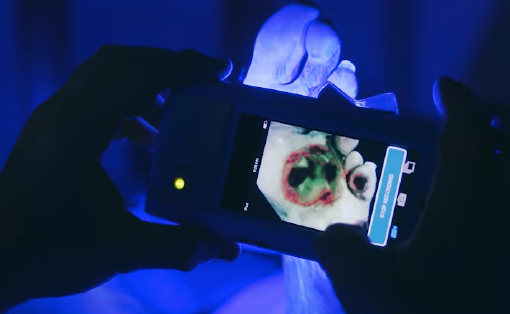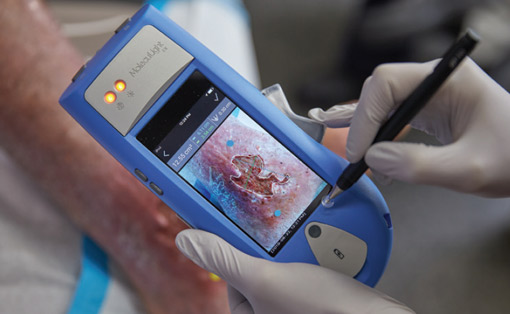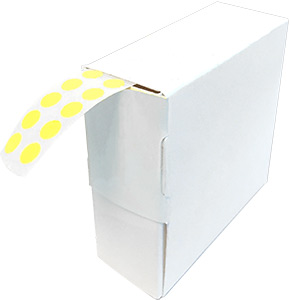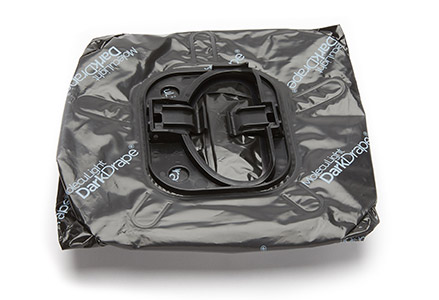Product Points
Easy
Portable, touch-screen with an intuitive interface.1,2
Safe
No contrast agents and no patient contact required.2
Precise
MolecuLight i:X improves the detection of wounds with elevated bacterial loads when combined with clinical signs and symptoms.
Efficient
Using MolecuLight i:X, identifies more wounds with elevated bacterial load compared to clinical signs and symptoms alone enabling more efficient patient management.
Point-of-Care
MolecuLight i:X provides information at the patient bedside to improve current evaluation by CSS.
Focused
Allows clinicians to focus on areas of the wound producing fluorescence.
What does MolecuLight i:X do?
Detect Elevated Bioburden
MolecuLight i:X allows clinicians to focus on wounds containing elevated bacterial loads with the guidance of fluorescence imaging in combination with CSS.
Learn More

Measure Wound Area
MolecuLight i:X provides clinicians with a comprehensive toolkit for digital wound area measurement and documentation.
Learn MoreTestimonials:
MolecuLight i:X in use
Accessories

MolecuLight Woundstickers
For wound area measurement with the MolecuLight i:X Imaging Device.













